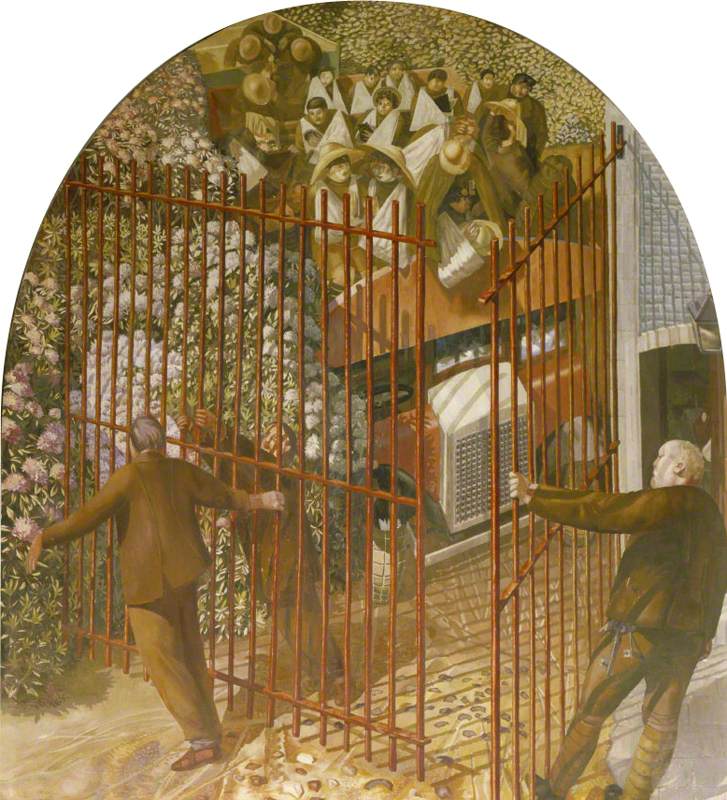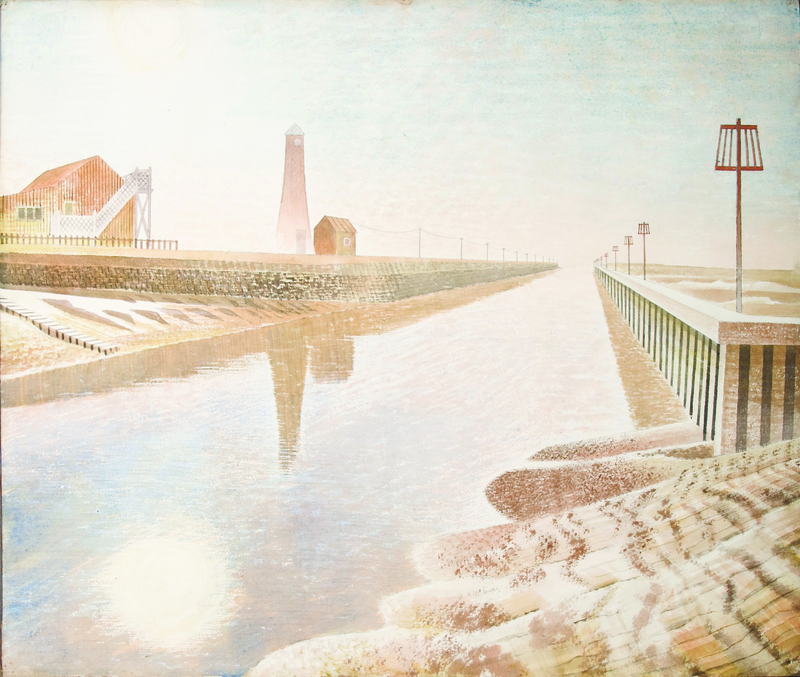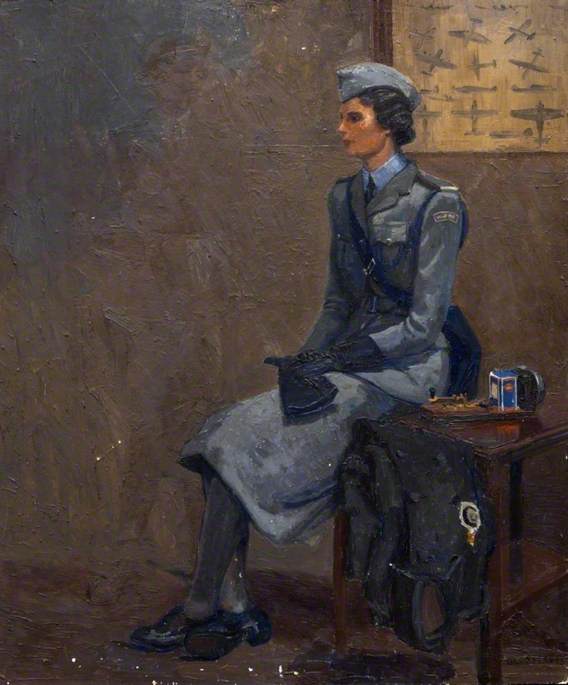E. H. Shepard is inevitably best known
Born in London in 1879, he hailed from an artistic and literary family and was brought up in London, showing artistic promise from an early age. From the art class at St Paul’s School and Heatherlys, he progressed to the Royal Academy Schools, winning a series of scholarships and awards, and gradually built up a freelance career as artist and illustrator in the years before the First World War.
Shepard painted relatively few portraits, preferring drawing portraits in pencil or pen-and-ink, and he makes little reference to paintings in his written works; however, in his second volume of reminiscences, Drawn from Life, Shepard tells us: ‘I persuaded Ethel [Shepard’s sister] to sit for me. It was an ordinary portrait, but it was accepted by the Royal Academy and hung on the line at the Summer Exhibition, the only success I have ever had with a portrait.’
Until now, it has always been thought that this portrait was purchased at the Summer Exhibition: Shepard makes no further reference to it, and it is not catalogued in his personal archive. From the
In 1904 Shepard married a fellow artist, Florence Chaplin, and they established themselves in a cottage in Shamley Green, near Guildford, convenient for London. Here Shepard laid the foundations of his future career, gradually building a reputation as a reliable and creative artist and illustrator, and it was from here that his first submission to Punch magazine was accepted. He also developed a line in book illustrations, something that would stand his future career in good stead. He had two children, Graham and Mary, and lived a modest but contented life, focused on his family. However, as for the vast majority of the population, all this was to change dramatically as
Shepard’s War (published by Michael O’Mara), with an accompanying exhibition, throws light on this unexpected aspect of Shepard’s life and career: his active military service in the First World War. Whilst frustrated at not being able to enlist immediately (only single men under 30 could enlist at that stage), he began representing war images in his drawings and cartoons, particularly for magazines like Punch, the Illustrated London News and London Opinion. These often showed a lighter side to the war, showing civilians getting confused, the army getting muddled and the Germans getting out of their depth. In 1915, Shepard, with his great friend Bruce Ingram, editor of the Illustrated London News, was able to enlist and started training, and early in
The book and exhibition opened the door on a wide range of works by Shepard – drawings, illustrations, maps, diagrams, photographs and more – and include amusing cartoons and recorded incidents, which tell both Shepard’s personal story of his war experiences as well as demonstrating the poignancy and pathos of the impacts of conflict on both military and civilian populations. The book also chronicles Shepard’s meetings with the Prince of Wales and Ernest Hemingway, his continued work for publications back at home, and his efforts for the Intelligence Corps. Most of the material has either not been seen since the First World War, or has never been published: it forms a unique and individual story of an artist’s war.
After the war, Shepard resumed his career with alacrity, and soon became an established member of the Punch team, with a seat at the famous ‘Punch table’, and it was here, in 1923, that E. V. Lucas, a Punch colleague and also the Chairman of the publisher Methuen, turned to Shepard and asked if he would illustrate some charming verses by A. A. Milne – and the rest is history. The charming verses became When We Were Very
Shepard worked as chief cartoonist at Punch from the 1930s, producing weekly cartoons of current events, including the Abdication crisis, Appeasement, the Munich ‘Peace in our time’ agreement, the outbreak of war, the downfall of Neville Chamberlain and the rise of Winston Churchill, and the new world of the Labour government after the war had ended. He continued to produce other work, illustrations and drawings, and new versions of the Winnie-the-Pooh and The Wind in the Willows characters. Towards the end of his life, he wrote two volumes of charming personal reminiscences, Drawn from Memory and Drawn from Life, and two children’s books, Ben & Brock and Betsy & Joe, both illustrated in his inimitable style.
Shepard lived a long and fulfilled life – his first drawings date from the 1880s, and he was still drawing and illustrating at the end of his life in the 1970s – ten decades of active artistic endeavour. He died peacefully at his home in Midhurst in West Sussex in 1976, at the age of 96.
James Campbell
Editor's note: The exhibition 'E. H. Shepard: An Illustrator’s War' ran at House of Illustration from 9th October 2015 to 10th January 2016. Shepard’s War is compiled by James Campbell and published by LOM Art, an imprint of Michael O’Mara Books.



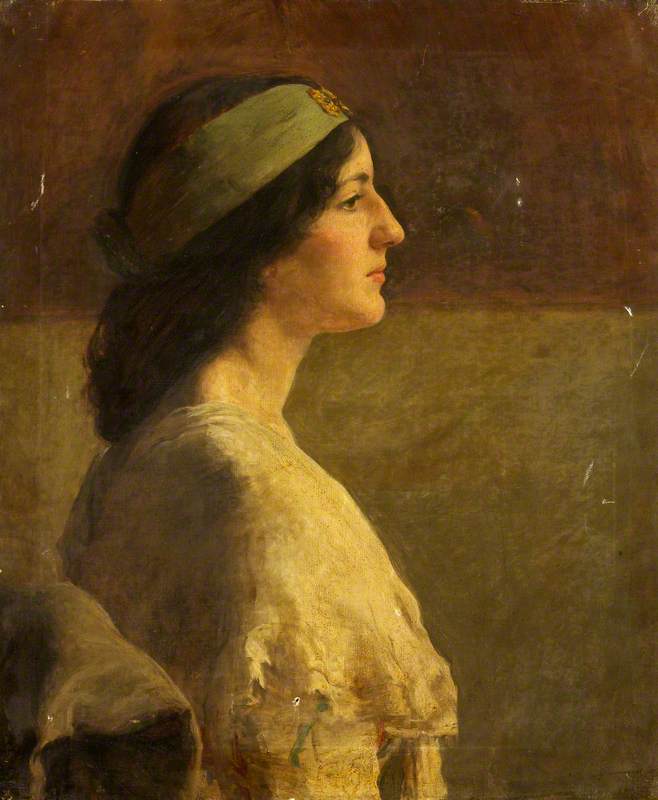

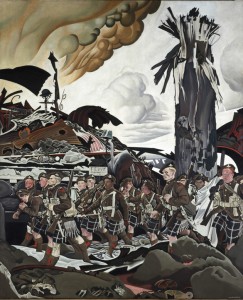
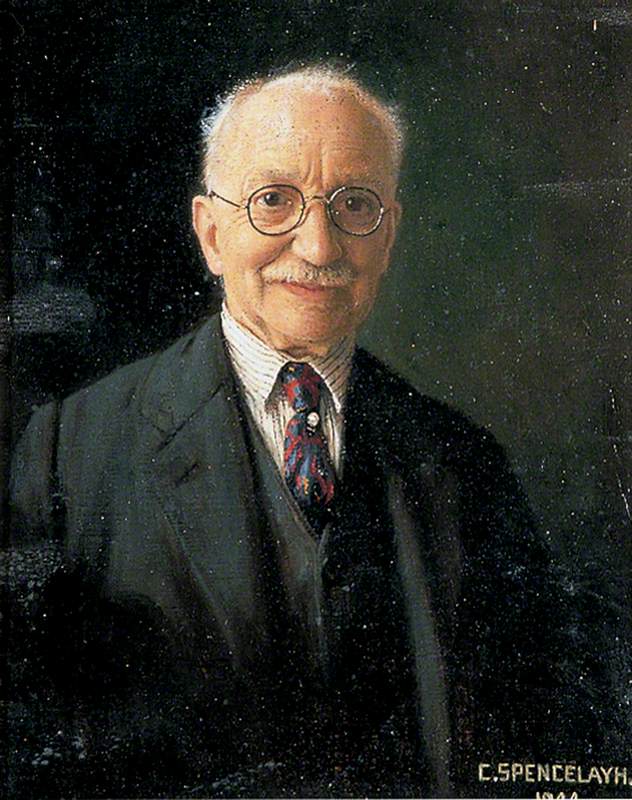

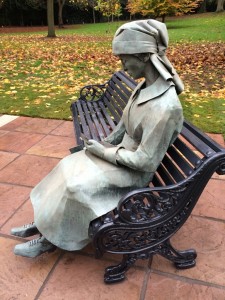




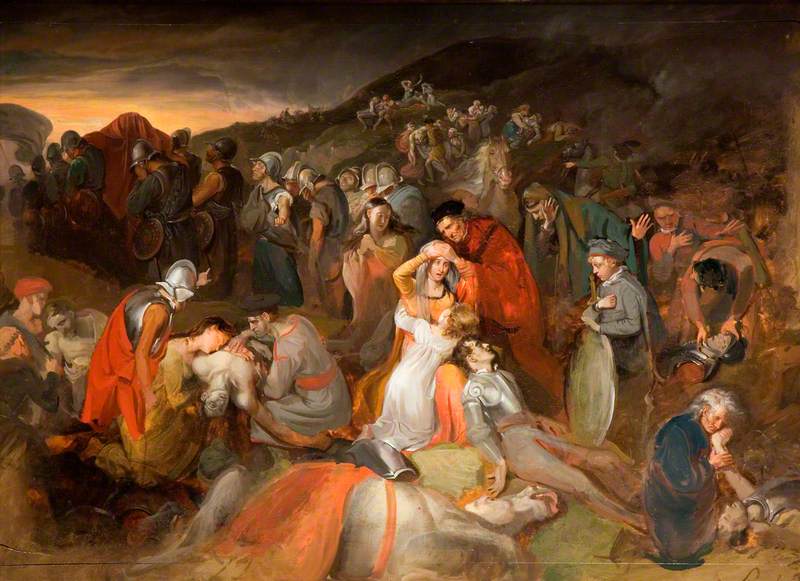
.jpg)
